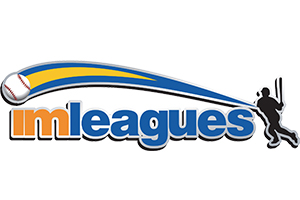Summer Training: Beat the Heat
Posted: July 18, 2013 at 11:20 am
It is now the middle of summer, arguably the hottest part of the year. With the temperature regularly reaching the mid 90’s, it is extremely important to take certain precautions when exercising outdoors.
If you are exercising outside, then the time of day is important. Try to avoid exercising during the hotter parts of the day, typically from 10 a.m. to 3 p.m. If at all possible try to work out early in the morning before the heat hits, or in the
evening when the heat begins to dissipate. During your workouts, choose shaded trails or pathways that keep you out of the sun. If you exercise at night, be sure to do so with a partner and wear brightly colored or reflective clothing so that you are easily visible.
When looking at the weather be sure to take the humidity into account; many weather reports now include an actual temperature and a “feels like” temperature which factors in humidity. Relative humidity affects the body’s ability to cool itself, and studies have found that your exercise capacity is progressively impaired as the relative humidity increases.
Always stay hydrated. You should already be drinking throughout the day, but on warm days make sure that you drink a glass or two of water before heading out. Carry a bottle of water or even a hydration pack, and try to take a drink every 15 minutes, even when you’re not thirsty. When you’re done with your workout, replenish your lost fluids by having a few more glasses of water.
Wear lightweight, breathable, and light-colored clothing. The lighter color actually will reflect heat, and loose, lightweight clothing doesn’t trap heat or prevent sweating. You may also want to try specially designed exercise shirts and shorts made for training in warm weather. They are often made from material meant to help keep you cool.
Always put on sunscreen before going out into the summer sun. Use something with ultraviolet protection and at least 15 SPF, preferably higher. It is important to protect your skin year round, and remember that you can still get burned or suffer sun damage to your skin even on cloudy days.
Listen to your body, and look out for signs of heat exhaustion and heat stroke. Signs of heat exhaustion may include fatigue, weakness, nausea, dizziness, muscle cramps, and an increase in body temperature. Symptoms of heat stroke include temperatures above 104, an inability to sweat, acute respiratory distress, and loss of consciousness. Stop immediately if you’re feeling dizzy, faint or nauseous, and take shelter from the sun.
Summer is a great time to be outside, so stay safe and have fun!



